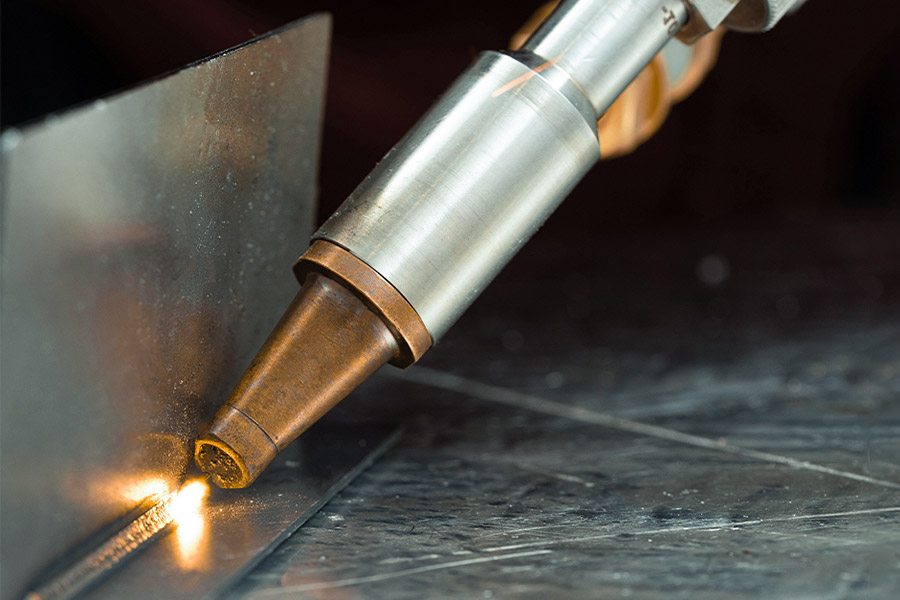In modern manufacturing, sheet metal fabrication as a basic and key technology, widely applied in automotive manufacturing, aerospace, building decoration, precision equipment manufacturing and other fields. By cutting, stamping, welding, bending and so on, the original metal plate is formed into complex shape member, whose efficiency and flexibility make it the core link of industrial production.
In many metal materials, aluminum sheet metal with its light weight, high strength, corrosion resistance and other features, especially by new energy vehicles, electronic products. On the other hand, galvanized sheet metal have become the preferred materials for building materials, appliances and outdoor facilities due to their rust resistant surface coating. Whether pursuing innovative lightweight design or industrial scenarios that require long-term durability, the technological and performance advantages of these two materials are driving the upgrading and development of manufacturing.
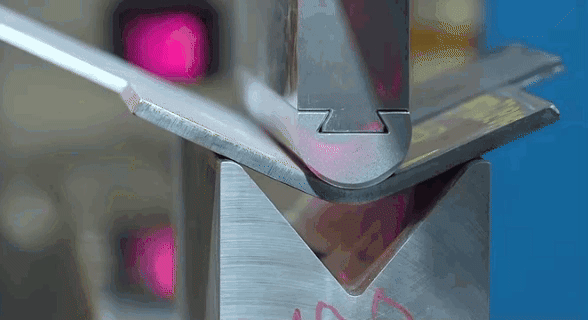
What is Sheet Metal Fabrication?
Sheet metal fabrication is the manufacturing process of transforming sheet metal into industrial complex shaped parts through cutting, bending, welding, surface treatment, and other processes. Among them, sheet metal bend as one of its core technology, through molds or CNC equipment to achieve precise angle forming, give the product structure rigid and fashionable appearance. Accuracy and efficiency of bend sheet metal directly affect assembly compatibility and service life of components. Sheet metal fabrication continues to drive innovation in manufacturing with its high flexibility and low cost advantages. By optimizing sheet metal fabrication, JS company can provide enterprises with innovative solutions for low-cost, mass-production of complex structural components, whether customized or mass-produced.
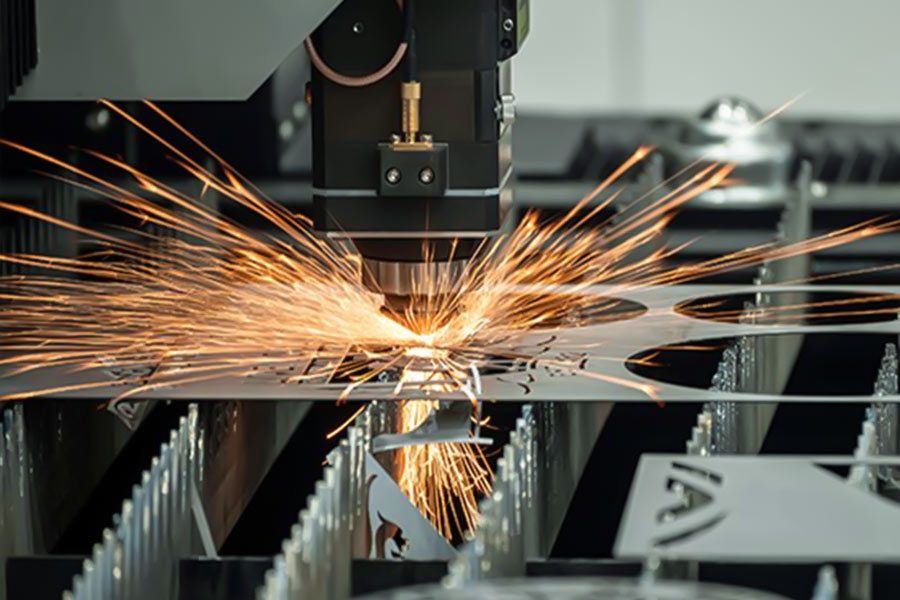
What are the core processes of sheet metal fabrication?
1.Design and mapping: According to customer requirements, use CAD software to complete 3D modeling and layout design, ensure the feasibility of the structure and machining accuracy, to provide accurate data support for subsequent processing.
2.Material selection and cutting: Choose high-quality quality metal sheets (such as stainless steel, aluminum plates, etc.), through laser cutting, plasma cutting or stamping technology to achieve high precision cutting, reduce material waste and improve efficiency.
3.Sheet metal bending: Precision bending is carried out using numerical control bending machines (such as Amada or Trumpf equipment provided by JS) to control bending accuracy by adjusting mold angle and pressure to meet the forming requirements of complex structures.
4.Welding and riveting: Argon arc welding, CO₂ protection welding or resistance spot are performed on bending sections in conjunction with JS Automated welding technology to ensure weld strength and appearance quality, riveting is used when necessary to connect and improve structural stability.
5.Surface treatment: The company provides sand blasting, plating, anodic oxidation, powder coating and other various surface treatment processes, to improve the corrosion resistance and aesthetic properties of products, to meet the usage requirements of different industries such as automotive, communication equipment.
6.Quality inspection and assembly: Carry out Dimensional tolerance inspection using equipment such as coordinating measuring instrument and contouring instrument to ensure conformity to drawing standards, and finally complete assembly and commissioning and provide certification documents for delivery of finished product delivery.
How to form a bending sheet metal?
The forming of metal plates is a complicated process, which involves many links such as material processing, mechanical forming and precision control, among which sheet metal bending is a key link in achieving complex structures. The core process metal plates from raw material to finished products is as follows:
1.Material selection and pretreatment
- Type of plate: Aluminum sheet metal, galvanized sheet metal, stainless steel or composite material can be selected according to your needs.
- Pre treatment process: Chemical cleaning (e.g. acid washing) or mechanical polishing to ensure that the surface is free of oxide layer (especially aluminum plates, which should avoid corrosion).
- Coating treatment: Galvanized steel plates needs to be phosphorized to improve the adhesion of the coating.
- JS company uses a database of materials to match the optimal optimal sheet metal, such 6061-T6 aluminum plate panels instead of steel in automotive lightweight projects, to reduce weight 30% percent when strength requirements are met.
2.Cutting and forming
- Laser cutting: Suitable for thin plates (0.1-3mm) with small area of heat and smooth edges (such as electronic shell).
- Water jet cutting: Irregular cutting of ≥5mm thickness or without burrs (e.g. energy storage equipment boxes).
- Stamping: Large scale stamping of simple shapes (such as battery pack cover plates) through die is efficient but costly.
- JS is equipped with a German fast laser cutter with a precision ±0.05mm and can be seamlessly docked with subsequent bending processes.
3.Sheet metal bending——the core of structural forming
The bending process directly affects the structural strength and appearance accuracy of the metal plate JS company has obvious technical advantages in this respect:
- Equipment and process: Japanese Amada bending machine is used to support multi-axis coupling bending with angular accuracy ±0.05°.
- Dynamic bending compensation algorithm: The software simulates material bounce (such as aluminum plate rebound rate of about 0.5%-1.5%), automatically adjust mold parameters to ensure the molding accuracy.
Key technical difficulties:
- Thin plates are prone to deformation: JS company uses a the pre pressing+small radius bending process to prevent aluminum plates (less than1mm) from tearing during bending.
- Thick plate rebound control: Hydraulic correction devices for steel plates above 5mm, 70% reduction in rebound.
4.Welding and assembly
Welding process:
- MIG welding: Used for aluminum plate overlap (such as new energy battery trays) by pulse reverse polarity welding to reduce porosity.
- Laser welding: In situations with high sealing requirements,such as hydraulic tanks, the weld depth can reach 80% of the thickness of the steel plate.
Assembly technology:
- Riveting and bolted connections: Aluminum rivets is preferred in lightweight cases to avoid thermal impact zones.
- Structural bonding: Alternative to some welding in aviation field to improve fatigue life.
- JS achieved continuous operation of complex welding through automated welding robots, increasing welding efficiency by 40%.
5.Surface treatment and quality inspection
Surface treatment:
- Anodizing: The formation of a dense oxide film (10-20 μm thick) on the surface of an aluminum plate increases corrosion resistance five fold.
- Powder coating: Provides personalized color scheme for galvanized steel plates (such as appliance panels) with grade ≥7 adhesion.
Quality inspection process:
- Dimensional inspection: Verify key dimensions (e.g. bending angle and hole position) using CMM.
- Mechanical test: Tensile test, bending test to ensure strength meets standards (e.g. aluminum plate tensile strength ≥310MPa).
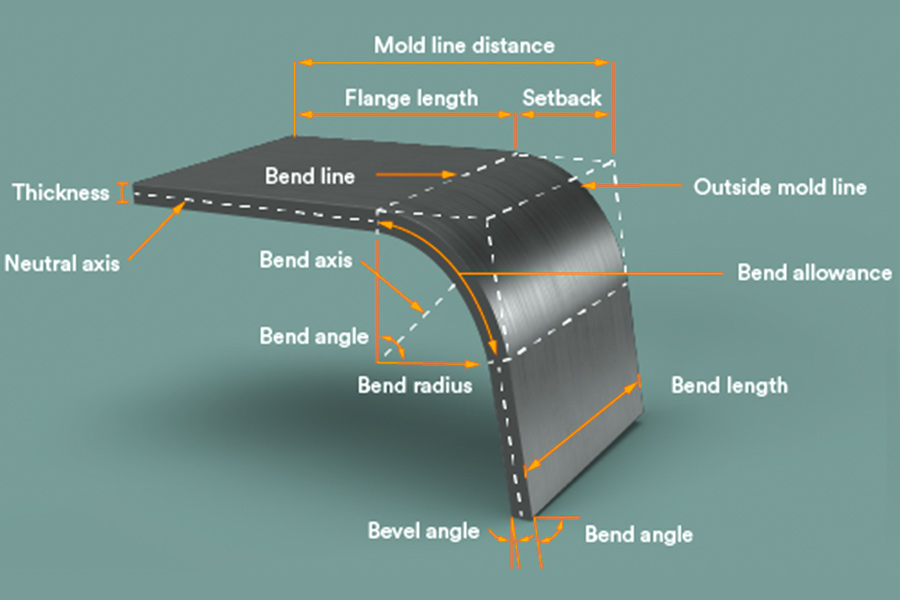
ow to weld aluminum sheet metal in sheet metal fabrication?
Special attention should be paid to the physical and chemical properties of welded aluminum sheet metal. Here are the details of the process and what to look out for:
1.Preparation before welding
Selection and matching of materials:
- Use industrial grade aluminum plates with purity ≥99.5% (e.g.1060, 6061, 5052 alloys, etc.).
- Welding wires need to be compatible with substrates, and commonly used models are:
ER5356 (universal type, magnesium 5%, suitable for MIG/MAG/TIG).
ER5087 (low silicon, high magnesium, suitable for high-speed welding of thin plates).
Surface treatment:
- Mechanical cleaning: Use stainless steel brush or sandpaper to remove oxide film (Al₂O₃) and expose metallic gloss.
- Chemical cleaning: Soak the acetone+NaOH solution (50g/L NaOH+50g/L NaNO₃+remaining water) for 5-10minutes, rinse and dry.
- Caution: Avoid acid washing (which can cause hydrogen embrittlement).
Fixtures and positioning:
- Use a copper or graphite fixtures (to prevent deformation due to rapid thermal conductivity).
- The deformation caused by heat input can be reduced by rigid fixation or segmental jump welding.
2.Mainstream welding methods and parameters
MIG/MAG welding (Metal Inert Gas Welding) is suitable for medium thick plates (1.2-6mm).
Equipment configuration:
- DC reverse connection (DCEP), arc voltage 18-22V, current 150-300A.
- Protective gas: Ar (purity 99.99%) or Ar+He mixture (helium 5-15% to improve arc stability).
- Wire diameter: 1.2-2.4mm (corresponding current 150-300A).
Highlights of the process:
- Low current, high speed (15-25m/min) to avoid oxidation caused by overheating of the melt tank.
- Thrust type wire feeding mechanism used to prevent aluminum welding wire from skidding.
TIG welding (tungsten inert gas welding) for thin plates (≤3mm).
Equipment parameters:
- Direct Current Positive Connection (DCRP), arc voltage 10-15V, current 50-150A.
- The argon flow rate is 15-25L/min and the tungsten electrode diameter is 2.4-4mm (adjusted for plate thickness).
Operational skills:
- High frequency or pulse arc ignition is used to reduce tungsten electrode pollution.
- Welding speed is controlled at 8-15m/min and crescent-shaped strip is used.
Laser welding is suitable for ultra-thin plates (0.1-3mm) or multilayer lap welding.
- Power 5-20kW, scanning speed 5-50mm/s, focal length workpiece surface 2-5mm.
- Protective gas: Ar gas (velocity 30-50L/min).
- Strengths: Length to width ratio (up to 10:1), suitable for welding complex shapes.
Spot Welding is suitable for lap joints.
- Welding current 2000-5000A, electrode pressure 50-200N, current time 0.1-1sec.
- Aluminum plates require copper plating (CrNi coating) to improve conductivity and prevent electrode adhesion.
3.Critical process control
Anti oxidation measures:
- Real-time air supply protection (tail length ≥1.5 fold weld length).
- Cover the welded area with an insulation blanket (such as ceramic fiber cloth) to reduce heat loss.
Thermal input management:
- Thick plates (greater than4mm) are welded in multiple layers with a 20% to 30 per cent reduction in current per layer.
- The thermal stress is dispersed by jump welding (spaced 30-50mm).
Deformation correction:
- After welding, use hydraulic press or vibration aging equipment to eliminate residual stress.
- Thin plates can be rigidly supported and partially cooled (such as copper pipes jets).
4.Post-welding treatment
- Use a stainless steel brush to gently remove surface slag to avoid damaging the substrate.
- For more demanding occasions, acid pickling and polishing can be used.
Quality Inspection:
- Visual inspection of welds uniformity, non-crack and porosity.
- Radiographic testing (RT) or ultrasonic testing for internal defects.
5.Solutions to Frequently Asked Questions
| Question | Cause Analysis | Solution Measures |
| Weld surface blackened | Incomplete removal of oxidizing film or inadequate gas protection. | Pre-polish until brightly coloured, increasing gas flow. |
| Weld porosity | High hydrogen content or excessive arc in the material. | Reduction of arc length using low-hydrogen solder wire. |
| Excessive welding deformation | Too much heat input or not enough stiffness of fixtures. | Reduce current/speed and switch to sectional welding. |
| Insufficient joint strength | Welding material does not match matrix material. | Selection of special wire such as ER5356 according to standard. |
How to balance strength and cost through a sheet metal gauge chart?
In sheet metal fabrication, the key to balance strength and cost through sheet metal gauge chart is scientific selection and process optimization:
1.Understand the relationship between sheet thickness and performance
The thickness of the sheet corresponds to the actual thickness (mm/inch) corresponding to the United States Standard No. (gauge), for example:
- 16 Gauge →≈ 1.588mm (high strength, suitable for load-bearing structures).
- 22 Gauge →≈ 0.711mm (lightweight, suitable for load bearing shells).
- JS company Technology: Thickness should be selected according to material type (e.g. stainless steel 304/316, aluminium 6061). For example, during bending, thin plates (<0.5mm) are prone to cracking and need to be compensated by prepressing or adjusting the bending radius.
2.Cost optimization strategy
- Accurate design of material thickness: The load distribution is calculated by finite element method to eliminate redundant thickness. e.g. JS company conducted a FEA simulation of the stainless steel drum of a washing machine for a household appliance enterprise. Reduction in thickness to 1.0mm and switch to cold-rolled steel cost reduction reducing costs by 25%.
- Alternative material applications: Aluminum alloy (e.g. 6063) is used instead of stainless steel for non-load-bearing components with 30% weight reduction, 20% cost reduction, and surface corrosion resistance improved by anodizing process.
3.Strength and cost balancing strategy
- Structural reinforcement design: Add local lifting structure to 1.0mm thin plate,increase bending stiffness by more than 3 times and reduce material redundancy.
- Composite Structure Application: Lightweight composite structures is achieved by multi-plate welding/riveting to reduce total weight while maintaining strength.
- Optimization of bending parameters: Practical application shows that when the bending radius is greater than or equal to the thickness of the plate, the rebound and cracking risk of the plate can be reduced significantly. Taking 2mm aluminum plate as an example, using R2mm mould can guarantee edge quality of mould and reduce tool wear.
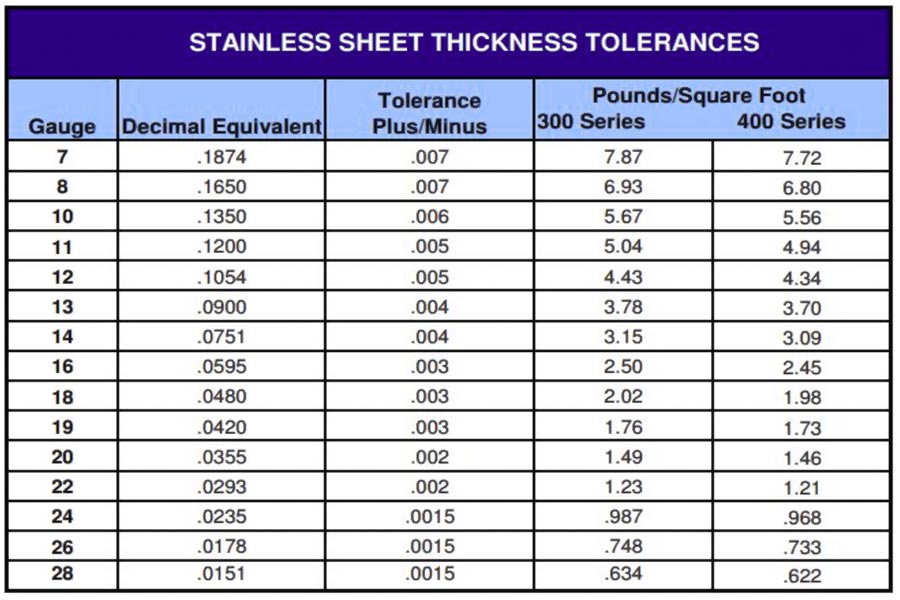
What factors should be considered when choosing suitable sheet metal fabricators?
1.Technical and process capabilities: Ensure mastery of required processing techniques (e.g. laser cutting, CNC bending, welding, surface treatment, etc.) and meet accuracy and complexity requirements.
2.Equipment and material quality: Check the sophistication of equipment (e.g. CNC bending machine, automated production line, etc.) and reliability of material sources (e.g. plate thickness tolerance, surface treatment standards, etc.).
3.Quality certification and standards: Confirmation of ISO, IATF certification and compliance with industry standards (e.g. special standards in the automotive and aviation fields).
4.Production size and delivery time: Assess production capacity to meet order quantity and ensure timely delivery, especially for emergency projects requiring flexible response capabilities.
5.Cost transparency: Compare offers to avoid hidden costs by including the full process costs (e.g. design, processing and reprocessing).
6.After-sales service and support: Understand technical support response speed, warranty policy and problem solving ability.
7.Environmental protection and safety compliance: Priority should be given to production enterprises that are waste recycling, comply with emission standards and comply with safe production standards.
8.Industry reputation and case studies: Reference past customer evaluations and success stories to verify actual delivery capabilities and technical stability.
When choosing a sheet metal fabricators, a comprehensive evaluation of its technical ability, quality control, industry experience and cost-effectiveness is required. As an industry-leading sheet metal processing service service provider advanced equipment, digital process optimization process optimization green manufacturing concept, JS Company provides high precision aluminum and galvanized sheet metal processing services to more than 2000 customers worldwide.
Summary
Sheet metal fabrication, as the core of modern industrial manufacturing, has always been an important force for product innovation and industrial upgrading. The company relies on the full chain service capabilities, from precision sheet metal bending processing to intelligent laser cutting system, from lightweight aluminum plates to steel plates, in the durability of continuous breakthroughs. We combine material characteristics with process optimization depth.
In sheet metal processing, not only the ultimate optimization of material properties, but also the perfect balance of cost control and large-scale production. With the penetration of intelligent manufacturing technologies, emerging technologies such as laser cutting, automatic bending, and 3D printing are reshaping the industry ecosystem, pushing sheet metal parts in a lighter, stronger, and smarter direction.
Disclaimer
The content of this page is for informational purposes only.JS SeriesNo representations or warranties of any kind, express or implied, are made as to the accuracy, completeness or validity of the information. It should not be inferred that the performance parameters, geometric tolerances, specific design features,material quality and type or workmanship that the third-party supplier or manufacturer will provide through the jusheng network. This is the responsibility of the buyerAsk for a quote for partsto determine the specific requirements for these parts.please Contact us Learn more information.
JS Team
JS is an industry-leading companyFocus on custom manufacturing solutions. With over 20 years of experience serving more than 5,000 customers,we focus on high precisionCNC machining,Sheet metal fabrication,3D printing,Injection molding,metal stamping,and other one-stop manufacturing services.
Our factory is equipped with more than 100 state-of-the-art 5-axis machining centers and is ISO 9001:2015 certified. We provide fast, efficient and high-quality manufacturing solutions to customers in more than 150 countries around the world. Whether it's low-volume production or mass customization, we can meet your needs with the fastest delivery within 24 hours. chooseJS TechnologyIt means choosing efficiency, quality and professionalism.
To learn more, please visit our website:jsrpm.com
FAQs
1.Can sheet metal processing manufacture parts with complex structures?
Using laser cutting and CNC bending technology to manufacture complex structural parts, its high-precision cutting and multi-angle bending ability can be combined with welding technology to achieve complex geometry from small gap to large size.
2.Will thicker boards be stronger?
Increasing the thickness of the plate can improve the compressive and bending strength of the plate, but the plate is too thick (such as >10mm) and requires special processing (e.g. hot forming or hydraulic press) due to its stiffness, which makes it difficult to bend and prone to cracking.
3.Is aluminum alloy suitable for casting or sheet metal fabrication?
Both are acceptable. Casting is suitable for complex internal structure and mass production, with low cost and precision. Sheet metal processing is suitable for high precision curved surface or small batch customization, through laser cutting and bending to achieve lightweight and high strength.
4.How environmentally friendly is sheet metal processing?
Sheet metal processing can greatly reduce energy consumption and pollution through waste recycling (over 90% metal utilization), environmental protection processes (such as water-based spraying, powder metallurgy), and energy-efficient equipment 50% energy savings fromfiber laser cutting).




